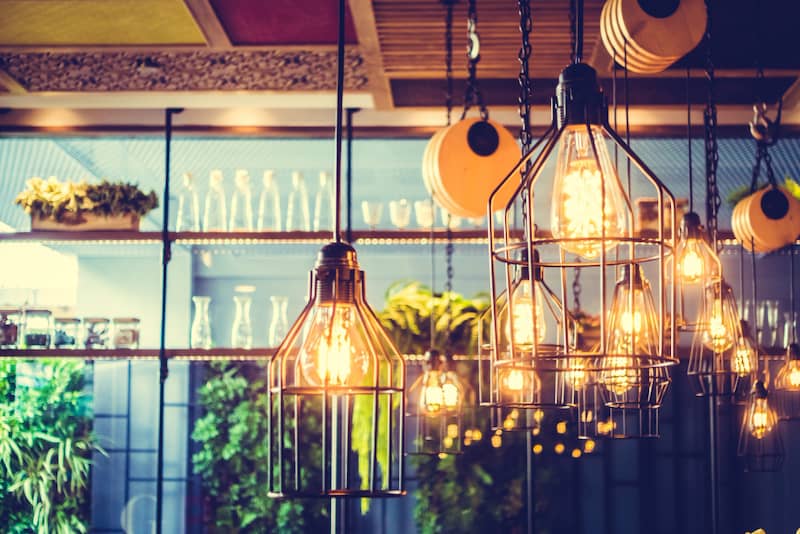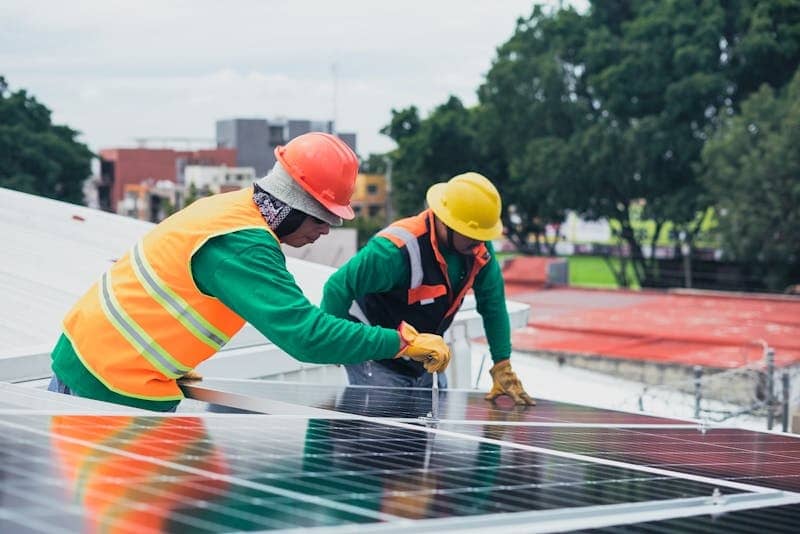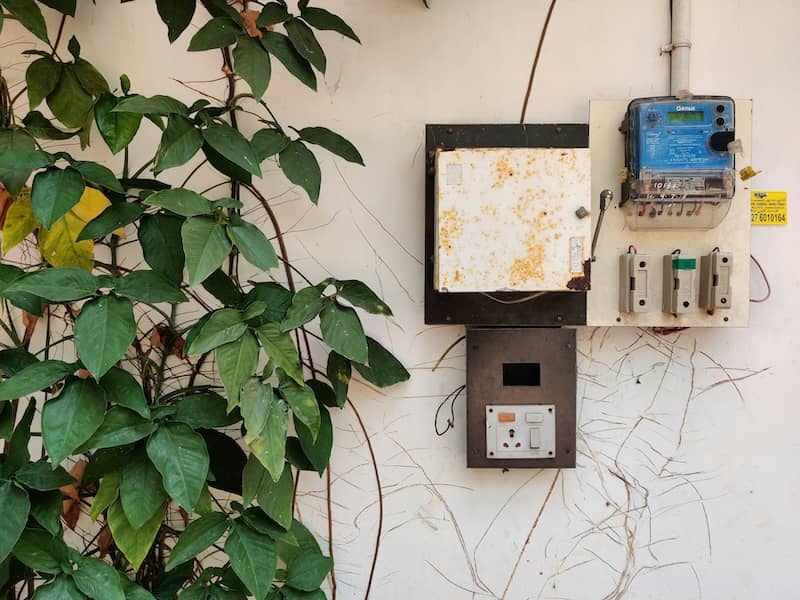Ever since Thomas Edison flipped the switch on the first light bulb, innovators have been making brighter and more efficient lights. Recently, LED lights have emerged as the premium lighting for businesses. They are a win-win-win combination of reduced costs, sustainability, and improved light quality. This comprehensive guide goes into the nuances of LED retrofitting to help you take advantage of this technology.
What does the term ‘LED retrofitting’ actually mean?
LED retrofitting involves upgrading existing lighting fixtures with more energy-efficient LED (Light Emitting Diode) alternatives without the need for a complete overhaul of the lighting infrastructure. This process typically includes replacing traditional incandescent, halogen, or fluorescent bulbs with LED counterparts. It’s comparable to replacing the insulation in your walls without having to build a completely new house.
Why are LED lights everywhere?
LED lights differ significantly from their conventional counterparts in several key aspects. Unlike incandescent bulbs, which generate light by heating a filament, or fluorescent lights, which rely on gas and phosphors, LEDs produce light through the movement of electrons in a semiconductor material. Sounds complex? Don’t worry. Understanding the physics behind LEDs isn’t essential. Basically, by removing the intermediate player of a filament or gas, LED lights result in lower energy consumption and longer lifespan compared to older lighting technologies.
A brief history of LED lighting
The roots of LED technology can be traced back to the early 1960s when researchers noticed that semiconductors emitted visible light. Advancements in semiconductor technology made these highly specific materials cheaper and commercially available. Initially used in niche applications such as indicator lights and electronic displays, LEDs gradually gained prominence due to their energy efficiency and durability. Today, LED lighting is ubiquitous, illuminating everything from homes and offices to streets and stadiums.
The importance of LED retrofits for businesses
LED retrofits are a no-brainer in today’s business environment, where sustainability and cost-effectiveness are paramount. Let’s explore some compelling statistics that underscore why making the transition is a must.
- Energy savings: LED lights consume significantly less energy than traditional lighting technologies. According to the U.S. Department of Energy, LED bulbs use up to 75% less energy than incandescent bulbs and last 25 times longer. For businesses, this translates to energy saving commercial buildings which means more profits.
- Environmental impact: By reducing energy consumption and greenhouse gas emissions, LED retrofits contribute to environmental sustainability. Since a lot of the electricity for lighting is produced by burning fossil fuels, increasing efficiency reduces greenhouse gasses being released into the atmosphere.
- Improved lighting quality: LED lights offer superior lighting quality compared to traditional bulbs, with better directional control and more vibrant colors. This enhances visibility and comfort in commercial spaces such as offices, retail stores, billboard advertisements, and warehouses.
- Cheaper to maintain: The long lifespan of LED bulbs translates to reduced maintenance costs for businesses. With fewer bulb replacements and maintenance interventions required, companies can allocate resources more efficiently and minimize disruptions to operations. We all know the best way to put off a consumer is by having a broken OPEN sign.
Examples of LED retrofit applications
LED retrofits can be applied across various business settings to save energy and enhance lighting quality. Here are some specific examples:
- 1. Office buildings: LED retrofitting in office buildings can improve occupants’ focus and productivity. Businesses can create a more inviting and efficient workspace by replacing outdated fluorescent fixtures with LED panels or troffers.
- 2. Retail stores: Lighting shapes the customer experience and drives sales. LED retrofitting can help retailers achieve vibrant and dynamic lighting displays while racking up energy savings in commercial buildings. LED solutions are incredibly versatile, from accent lighting to showcase sales to general illumination for aisles and checkout counters.
- 3. Hotels and hospitality: Not every business is trying to appear brilliantly bright and bold. In the hospitality industry, mellower lighting is crucial in creating a welcoming and relaxing ambiance for guests. LEDs are perfect for guest rooms, corridors, lobbies, and outdoor areas. Imagine no more 3 am complaints after a consumer wandering around in the dark looking for the restrooms because a bulb blew out.
Getting LED retrofitting underway
Now that you can see the need for LED retrofits let’s walk through the process of how to start your lighting transition:
- 1. Assessment: Begin by conducting an assessment of your current lighting system, including the types of fixtures, wattages, and usage patterns. Identify areas where LED retrofits can yield the most significant energy savings and lighting quality benefits.
- 2. Product selection: Research LED bulbs and fixtures that are compatible with your existing infrastructure and meet your specific requirements regarding brightness, color temperature, and dimming capabilities. Consider factors such as warranty, efficacy, and certifications.
- 3. Financing: Develop a budget for the retrofit project, considering the cost of LED products, installation labor, and additional expenses such as disposal of old fixtures. Because LEDs are more sustainable, there may be energy efficiency loans or utility rebates to offset upfront costs.
Once you’ve got a plan and a budget, it’s as easy as calling an LED installation company and getting the job done. Knowing what you want and how much you expect to pay puts the deck in your hands so you can get the best deal available. LED retrofitting is an investment every business is bound to make at some point. The only question is when you want to start saving money and maintenance time.





